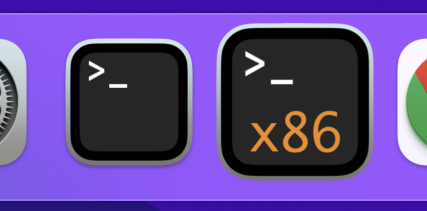I’m a huge fan of Worldle, the geography offshoot of Wordle.
Here are my hacks:
1. It sounds cliché but it works: get a sheet of graph paper, open an online map, and draw away. Even if your artistic skills are off, contouring with your own mind is a fast and easy way to get familiar with a region you don’t know well. If you have a graphics tablet, make a new layer for each country in Photoshop/GNUimp.
2. Using a map again, go ahead and start making mnemonic devices. Start with categories like these:
• Could fit within a ball (Poland, Suriname, North Macedonia)
• Oriented on an axis
• Lobed (like Austria, Afghanistan, Latvia, Zambia, Tajikstan, Bangladesh, or Moldova)
• Cutouts like Gambia inside of Senegal, Lesotho inside South Africa, or San Marino and the Vatican in Italy
• The Horn of Africa is a rhino; Somalia is the horn, Djibouti is the eye, Eritrea is the ear, and Ethiopia is the noggin.
• Shaped in a way that it can “only” be that country –
••Guatemala has a facial side profile in the lower left corner and wears an enormous hat, but also bears a resemblance to the Gabon;
••The Vatican is a fortress;
••Words can’t begin to describe Venezuela’s anti-Gestalt attitude.
Guernsey and Jersey are apparently super easy for French people, but Americans will get hung up easily.
••Tanzania and French Guiana are both shaped like Wisconsin.
••Panama is a classic sideways-S shape with numerous channels and inlets.
••In wealthy locales such as Monaco, Hong Kong, or Qatar, you can easily see the docks outlined.
••Greece is a hundred islands shaped in an oval tilted towards the north-east.
••El Salvador is tricky and yet another sideways country, but you can see its tattoo of a harbor in the southeast sector.
••Madagascar – always a favorite – windswept Indian ocean currents carve out a smooth eastern shoreline while the west side guards Mozambique and Tanzania.
••Puerto Rico is 1 main island surrounded by 4 smaller islands on each corner.
••NSFW… Norway, Sweden, Finland is the mnemonic.
••Niger? Friendly pufferfish swimming northeast-bound.
••East Timor has westward island that make the mainland look like it’s going to ea(s)t them.
••Republic of the Congo and Pakistan have virtually the same shape.
3. If you’re feeling saucy, you can toggle the difficulty in-game by checking and unchecking “Replace proximity percent by size percent” to get an edge.
4. Take screenshots! That way you can refer back to what guesses worked and what didn’t.
5. The hot spots are the Balkans, the Antilles (Greater/Lesser), the ****stan countries, and southeast Asia. If you can master those, you can then proceed to the Pacific Island nations lmao.
6. Differences between Guyana, French Guiana, Equitorial Guinea, Guinea-Bissau, and Guinea.
7. Americans tend not to know these highly-populated countries: Indonesia, Pakistan, Nigeria, Bangladesh. They all have significant Muslim populations. Only Indonesia is a member of the G20.

